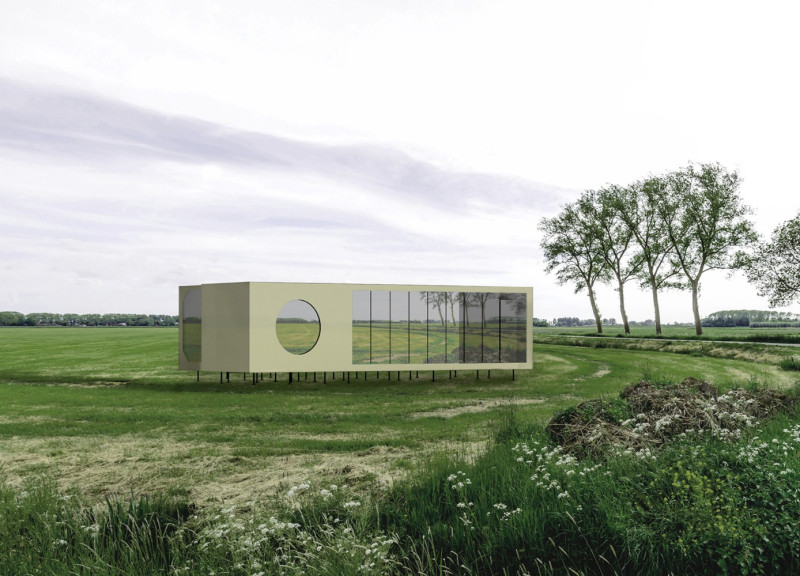5 key facts about this project
The recent design utilizes a modular approach in residential living. Situated in a contemporary urban environment, the concept focuses on adaptability and personal expression. By transforming domestic spaces into modules that can be added, moved, or replaced, the design fosters flexible living environments. This thoughtful approach challenges conventional ideas surrounding permanence in a home, suggesting that residences should be able to grow and change over time based on the needs of their inhabitants.
Modularity and Adaptability
At its core, this design emphasizes modularity. Each unit acts as an independent module, encouraging occupants to modify their spaces to reflect their personalities. This encourages a shift away from traditional homes that resist change. Instead, the design allows for continuous reassessment and renewal of living environments that can align with advances in technology and evolving social norms.
Structural Composition
The modules consist of a limited set of components that allow various configurations. A steel framework provides a solid base for each unit, ensuring strength and longevity. Key finishes, such as insulation and waterproofing, help maintain a comfortable interior and protect against weather-related issues. This simple yet effective structure enhances production efficiency and reduces costs, enabling broader accessibility to these modular homes.
Sustainability and Self-Sufficiency
Self-sustaining features are integral to the design. Systems for collecting water and harnessing solar energy are incorporated, addressing the need for environmentally conscious living. The flexible nature of the modules allows them to function within established communities or as standalone units. This focus on sustainability contributes to a larger conversation about responsible urbanization and the efficient use of resources.
A key aspect of the design is the customization of interiors. Like choosing items from a catalogue, residents can configure their spaces according to their preferences and needs. This creates a unique living experience that reflects individual identities. Each modular unit encourages various arrangements, allowing residents to actively engage in shaping their homes in ways that are meaningful to them.
In the arrangement of these modules, the combination of functional systems and personalized spaces creates a distinct experience in domestic living, resulting in a design that remains open to change and responsive to the needs of its users.






















































